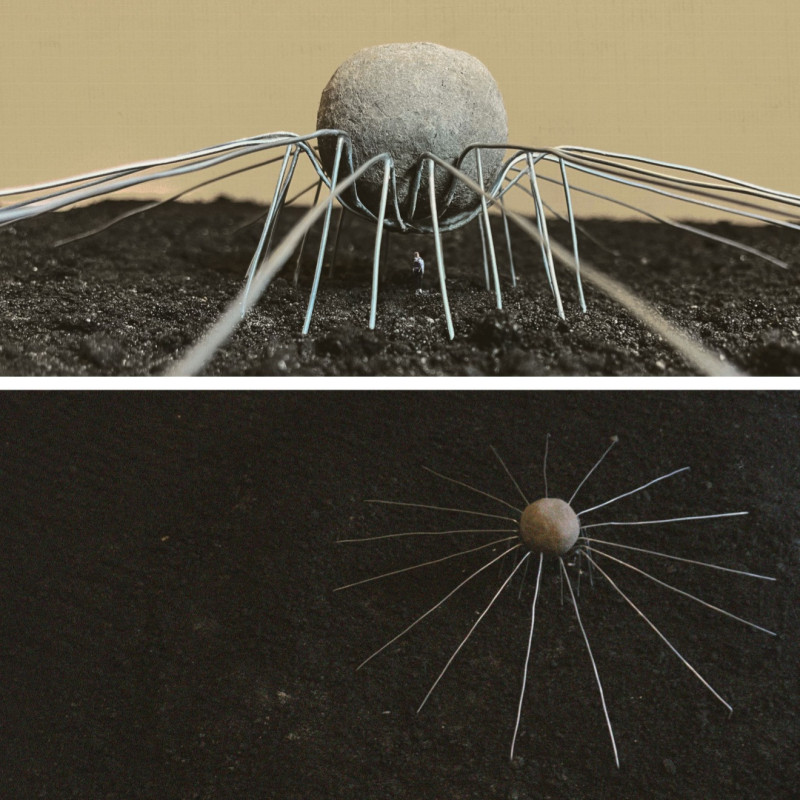5 key facts about this project
The building’s layout is informed by its purpose, prioritizing user engagement and accessibility. As one enters the space, the flow of movement encourages interaction among the different areas, allowing for both communal and private activities. The design incorporates a range of functions, from public gathering areas to dedicated spaces for individual activities, highlighting the architects' intent to create a multifunctional environment. Each area is designed with conscious attention to how people will use the space, ensuring that it meets the diverse needs of its users.
One of the standout features of this architectural project is its commitment to sustainable design. The choice of materials is both intentional and thoughtful, showcasing a palette that balances durability with aesthetic appeal. Natural materials are prominently featured, allowing the building to blend harmoniously with its surroundings. These materials not only enhance the visual impact of the architecture but also contribute to its longevity and environmental performance. By prioritizing local sources for materials wherever possible, the project reduces its carbon footprint, reflecting a broader trend in architecture toward sustainability.
The architectural form is characterized by clean lines and an open layout that maximizes natural light. Large windows and strategically placed openings invite the outside in, creating a seamless connection between the interior and the exterior. This design not only enhances the aesthetic quality of the space but also reduces the need for artificial lighting, further emphasizing the project's sustainable ethos. Moreover, outdoor spaces are thoughtfully integrated into the overall design, providing areas for relaxation and fostering a sense of community.
Unique design approaches are woven throughout the project, particularly in its responsiveness to the local climate. For instance, the orientation of the building takes advantage of prevailing winds and sun angles, contributing to passive heating and cooling strategies that enhance interior comfort. Such design considerations reflect a deep understanding of the interplay between architecture and environmental conditions, a vital aspect of contemporary architectural practice.
Moreover, the incorporation of green elements, such as rooftop gardens or living walls, emphasizes the project’s commitment to environmental stewardship. These features not only contribute to biodiversity but also promote well-being among users, highlighting a growing recognition of the importance of nature in urban settings.
The careful attention to detail is evident in various aspects of the project, from the choice of fixtures to the landscaping that surrounds the building. Every component is designed with purpose, ensuring a cohesive architectural narrative. The materials, from the textured finishes to the smooth surfaces, invite tactile interaction, enriching the user experience.
This project stands as a testament to the possibilities of modern architecture when approached with a mindful balance between function and aesthetics. The integration of sustainable practices with a functional design framework serves as a model for future endeavors. By exploring the architectural plans, architectural sections, and architectural ideas, readers can gain a deeper understanding of the creativity and thoughtfulness that underpin this project. Those interested in contemporary architectural designs will find valuable insights into the principles that guided this project from inception to realization. A closer examination of the presentation will reveal further nuances and innovations worth exploring.























